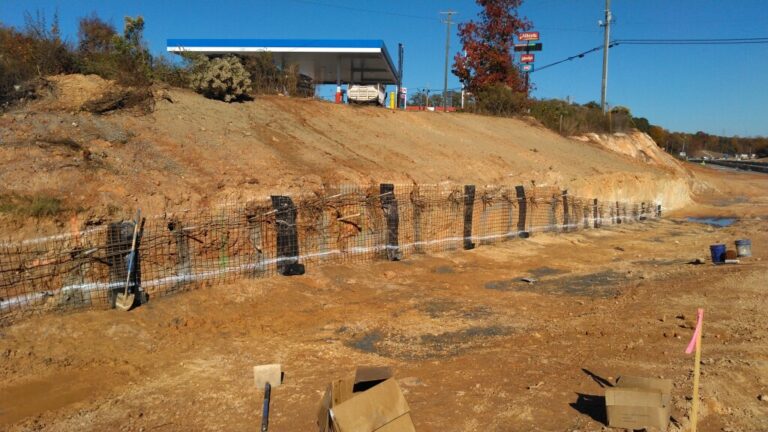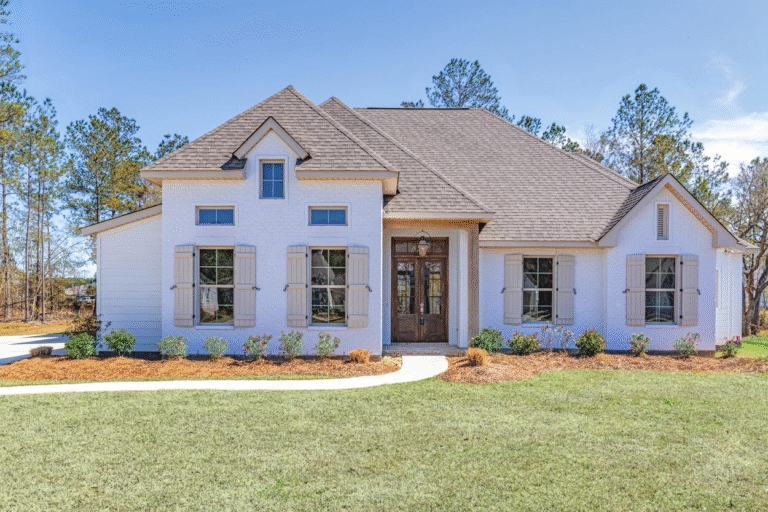Commercial Real Estate Trends and Strategies for Sustainable Success

Table of Contents
- Integrating Environmental, Social, and Governance (ESG) Factors
- Embracing Technological Advancements
- Implementing Diversification Strategies
- Adopting Tenant-Centric Approaches
- Navigating Economic Uncertainty
- Conclusion
The commercial real estate sector is at a pivotal moment, with evolving market forces, technological innovations, and heightened attention to sustainability transforming how industry stakeholders approach investment, development, and occupancy. The last few years have seen dramatic changes not just in the way people use commercial space, but also in how owners and investors view the responsibilities and opportunities inherent in these assets. Professionals who can proactively respond to these shifts and incorporate innovative tactics are far more likely to thrive over the long haul. For many, keeping pace means seeking not only broad market information but also leveraging localized expertise. For those seeking expert guidance in navigating these changes, Highland Park Dallas TX real estate experts The Rosen Group provide valuable insights and local market expertise to help stakeholders make more informed decisions.
From institutional investors to individual landlords, the pressure to adopt responsible ESG standards is rising, driven by the recognition of real estate’s role in fighting climate change and supporting community well-being. Tenants demand more advanced, healthy, and flexible spaces, with office tenants seeking smart tech and adaptable layouts, and retail and industrial tenants prioritizing efficiency. Responding strategically to these demands distinguishes market leaders from laggards, especially as loyalty and satisfaction link to property values and profitability.
Market uncertainties like interest rate shifts, hybrid and remote work, and new regulations highlight the need for modern diversification and risk mitigation. These changes increase investment complexity, requiring property owners and investors to develop agile responses. Aligning with these trends can unlock long-term value and turn disruptions into opportunities.
This article explores key commercial real estate trends and strategies for success, providing research-backed insights and practical guidance for industry professionals in a changing market.
Integrating Environmental, Social, and Governance (ESG) Factors
ESG considerations are now vital in commercial real estate due to their role in due diligence and value creation. They cover practices ensuring responsible resource stewardship. Investors and occupiers prefer buildings with certifications like LEED, BREEAM, or Energy Star, indicating efficiency, lower emissions, and smaller footprints. As Forbes notes, most REITs report green initiatives, tracking emissions and energy use, impacting tenant attraction and retention. Occupiers also often require leased spaces to meet environmental standards, raising sector standards. ESG integration results in lower vacancy, higher property values, and premium rents, especially in competitive markets. With stricter regulations on emissions, early ESG adoption offers a strategic advantage against risks. Investing in ESG upgrades boosts sustainability and positions properties for long-term demand and compliance.
Embracing Technological Advancements
Proptech is transforming commercial properties with innovations like building automation, energy management, and tenant experience platforms. IoT sensors monitor energy use to optimize HVAC, lighting, and maintenance, boosting efficiency and tenant comfort. Automated fault detection and predictive maintenance cut downtime and costs, enhancing profitability. Virtual and augmented reality improve leasing with remote walkthroughs and virtual fit-outs, helping landlords reduce vacancy and expand reach. AI enables smarter space use, lease management, and targeted marketing via granular data analysis. As The Wall Street Journal notes, digital building management is now standard in new and renovated assets. The focus now shifts to leveraging data for predictive insights, better building performance, and seamless tenant experiences.
- Selling Your Home Made Easy: Creative Steps to a Quick Close
- Innovative Trends in Commercial Metal Building Design
- How Modern Residential Roofing Solutions Improve Home Value
- How Replacement Windows Enhance Home Comfort and Energy Efficiency
- Checklist for Selling Your Mobile Home Quickly and Efficiently
Implementing Diversification Strategies
Portfolio diversification is essential for risk management, especially amid unpredictable economic cycles and local market disruptions. With asset classes and regions outperforming others at different times, a diversified portfolio buffers against downturns. Investors spread capital across regions and asset types like office, industrial, life sciences, and multifamily to mitigate sector risks and capitalize on growth trends such as logistics, life sciences, and redevelopment projects. For example, e-commerce growth boosts demand for last-mile logistics, increasing industrial spaces, while housing shortages sustain multifamily resilience. A Bisnow report highlights increased investment in industrial and multifamily sectors driven by e-commerce and demographic shifts. Combining property types and markets in a portfolio spreads risk, enables dynamic repositioning, and reduces vulnerability to sector downturns, providing access to new rental and appreciation income streams.
Adopting Tenant-Centric Approaches
Modern tenants prioritize flexibility, wellness, and tech integration, demanding office and retail spaces that support talent retention, health, and agility. The rise of hybrid work increases the need for flexible leases, shorter terms, and amenities for collaboration and well-being. High-performance air filtration, touchless entry, outdoor spaces, and advanced connectivity are now essential to keep buildings leased and resilient. Amenities like wellness rooms, bike storage, fitness centers, and lounges are highly valued. Owners who proactively meet tenant needs build stronger relationships and reduce turnover. Engaging tenants through surveys and analytics helps owners adapt, leading to higher renewals, referrals, and occupancy even in tough markets.
Navigating Economic Uncertainty
Focusing on Core and Value-Add Strategies
In environments with inflation, interest rate changes, or geopolitical instability, conservative strategies have gained popularity. Investors favor properties with steady cash flow, high occupancy, and long-term tenants for stability during downturns. Core assets—properties in prime locations with top tenants—serve as portfolio anchors in volatile times. Value-add strategies—renovating or repurposing underused properties—are also appealing, allowing owners to boost assets and rent premiums without high costs or risks. This helps reposition older properties to meet current demand and regulations, maximizing returns. Strong market research and scenario planning enable quick adaptation as conditions and regulations change. By sticking to disciplined acquisition strategies and focusing on future readiness, investors can better manage uncertainty and build resilience.
Conclusion
As the commercial real estate sector progresses through transformative challenges and opportunities, those who adapt will flourish. Integrating ESG principles, embracing new technology, diversifying investments, adopting tenant-centric models, and focusing on resilient assets are crucial pillars for lasting success. The industry’s evolution demands not only responsiveness but also bold leadership and a long-term vision. Staying informed and developing proactive strategies will ensure competitive advantage and lead to sustainable growth in a rapidly changing marketplace. Stakeholders who build adaptability into their business models and cultivate a forward-looking mindset will be best equipped to shape the future of commercial real estate.






